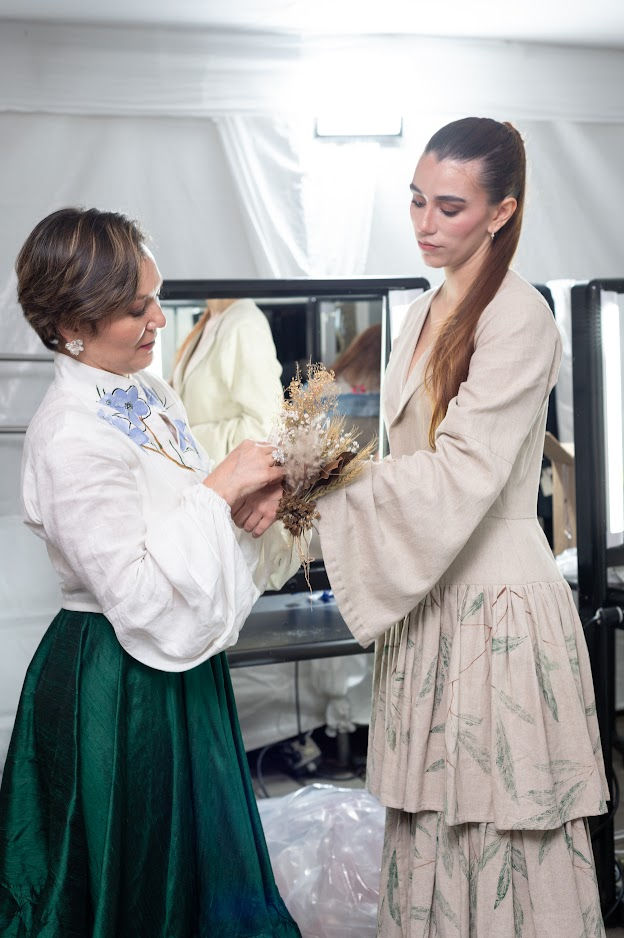Slow Fashion
- Eve Valverde

- Jun 14, 2022
- 2 min read

The main characteristic of slow fashion is that it is not produced in bulk. It is also made with an emphasis on the skills of the craftsman. Raw materials are sourced locally as much as possible and, since the product is handmade and quality is controlled at every step, it makes the product more expensive.
Slow fashion is ethical and serves as a liaison between raw materials, labor, and the environment. Classic designs and traditional methods of weaving and tailoring are part of it. Slow fashion is not seasonal. It does not function as a trend; rather, it takes time in preparation and production, and is purposeful with intention. This holistic approach considers the entire product life cycle. Slow fashion products are not disposable. They are sustainable and intended to serve for a long period. They are usually available in small stores rather than large retail outlets and have limited collections each year.
People have the option to buy better quality, mostly natural, organic, limited edition, and biodegradable garments. It is the result of awareness caused by the harmful effects of fast fashion. The focal point of slow fashion is sustainability. The benefits are superior quality products with a clean environment and fair policies for consumers and producers. The slow fashion concept emphasizes quality over quantity. Carbon footprints are higher in fast fashion. Quality and longevity, fair wages and zero waste encourage slow production. It takes time to ensure quality, production value and connection to the environment. Fair labor, meeting human needs, supporting local businesses, green supply chain, real retail price, ingenuity,
Slow Fashion Process
It starts with design, which is done with sustainability and ecological concerns in mind, and raw materials are sourced accordingly. The second step is the production process, where quality of work, fair wages and quality of life, quality consciousness, insisting on recycling and reuse are key. Slow fashion is expressed as a philosophy through which a consumer is questioned about how he or she buys, wears and cares for his or her clothes.
It is not a trend but is based on environmental and ethical concerns. The procedures are transparent, and consumers get to know who made the clothes, what the price is and whether the labor was paid a fair wage.
Such products give consumers a sense of belonging. A soul is felt within the fabric that is the energy, love, and craftsmanship of the worker






Comments